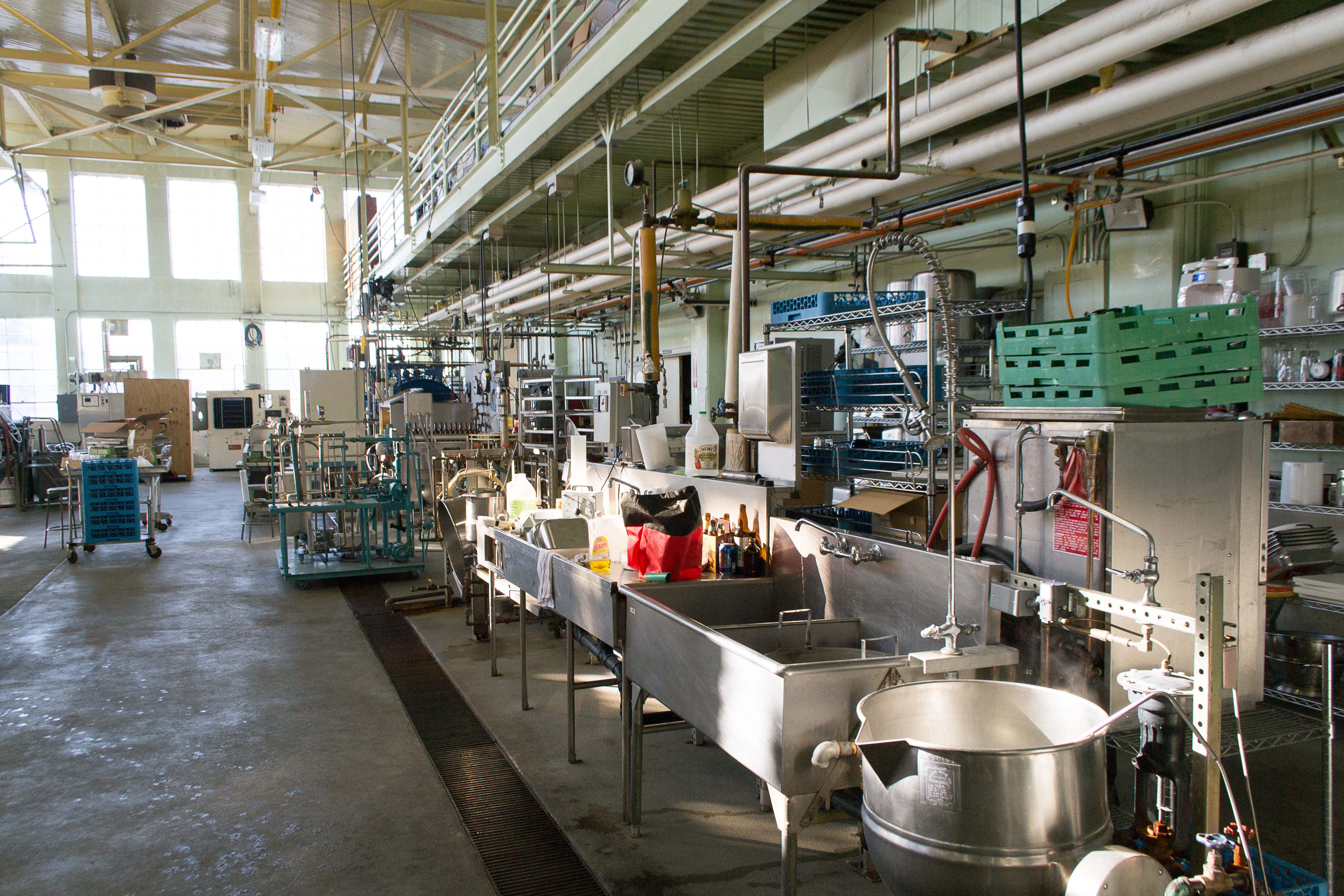
Mitigation role of erythritol and xylitol in the formation of 3-monochloropropane-1,2-diol and its esters in glycerol and shortbread model systems
Sign Up to like & getrecommendations! Published in 2017 at "European Food Research and Technology"
DOI: 10.1007/s00217-017-2916-0
Abstract: The effect of the addition of six sweeteners (erythritol, xylitol, maltitol, sucrose, steviol sweetener, and stevia leaves) on the formation of 3-monochloropropane-1,2-diol (3-MCPD) and 3-MCPD esters in glycerol and shortbread model systems subjected to heat… read more here.
Keywords: shortbread model; formation monochloropropane; formation; model ... See more keywords

Determination of effect of some parameters on formation of 2-monochloropropanediol, 3-monochloropropanediol and glycidyl esters in the frying process with sunflower oil, by using central composite design
Sign Up to like & getrecommendations! Published in 2020 at "Journal of Food Composition and Analysis"
DOI: 10.1016/j.jfca.2020.103681
Abstract: Abstract The formation of 3-monochloropropanediol (3-MCPD), 2-monochloropropanediol (2-MCPD) and glycidyl esters (GE) in sunflower oil frying processes were evaluated using central composite design (CCD) methodology.The parameters such as temperature, duration and salinity which caused the… read more here.
Keywords: sunflower oil; central composite; mcpd; frying process ... See more keywords

Potential biomarkers for early detection of 3-MCPD dipalmitate exposure in Sprague Dawley rats.
Sign Up to like & getrecommendations! Published in 2020 at "Journal of agricultural and food chemistry"
DOI: 10.1021/acs.jafc.0c03474
Abstract: 3-Chloro-1,2-propandiol (3-MCPD) dipalmitate is one of the major 3-MCPD esters formed during food processing. In this single-dose study, the metabonomic profile changes in the 48 hours after orally administrated 3-MCPD dipalmitate at 1600 mg/kg BW… read more here.
Keywords: dawley rats; potential biomarkers; mcpd; mcpd dipalmitate ... See more keywords

Mineral status in canine medial coronoid process disease: a cohort study using analysis of hair by mass spectrometry
Sign Up to like & getrecommendations! Published in 2017 at "Veterinary Record"
DOI: 10.1136/vr.103953
Abstract: In several species, developmental skeletal diseases involving abnormal endochondral ossification have been associated with imbalanced mineral intake. Hair analysis reflects long-term mineral status. To determine the mineral content of hair from dogs with or without… read more here.
Keywords: mineral status; analysis; hair; mcpd ... See more keywords

Formation and decomposition of 3-chloropropane-1,2-diol in model systems
Sign Up to like & getrecommendations! Published in 2018 at "Czech Journal of Food Sciences"
DOI: 10.17221/10677-cjfs
Abstract: Model experiments were carried out using mixtures of 3-chloropropane-1,2-diol (3-MCPD), its precursor glycerol, NaCl, water and an emulsifier. The aim of this study was to simulate formation and decomposition of 3-MCPD atthe surface layers of… read more here.
Keywords: formation decomposition; model; chloropropane diol; mcpd ... See more keywords

Analysis of Bread Lipids for 3-MCPD Esters
Sign Up to like & getrecommendations! Published in 2018 at "Czech Journal of Food Sciences"
DOI: 10.17221/932-cjfs
Abstract: Objective of this work was determination of processing contaminant known as 3-MCPD (3-chloropropa - ne-1,2-diol) in its free and bound form in breads with defined parameters of processing. Selected and analysed were 24 samples, which… read more here.
Keywords: mcpd esters; breads produced; bread lipids; mcpd ... See more keywords

3-MCPD exposure enhances ovarian fibrosis and reduces oocyte quality in mice.
Sign Up to like & getrecommendations! Published in 2022 at "Environmental pollution"
DOI: 10.2139/ssrn.4185505
Abstract: 3-monochloro-1,2-propanediol (3-MCPD) is a food contaminant believed to be harmful to human health. Previous studies showed that 3-MCPD exerts toxic effects in multiple tissues, but whether 3-MCPD affects female reproductive function remained unknown. Here, using… read more here.
Keywords: mcpd exposure; ovarian fibrosis; oocyte quality; mcpd ... See more keywords

Oral Vaccination With Recombinant Pichia pastoris Expressing Iridovirus Major Capsid Protein Elicits Protective Immunity in Largemouth Bass (Micropterus salmoides)
Sign Up to like & getrecommendations! Published in 2022 at "Frontiers in Immunology"
DOI: 10.3389/fimmu.2022.852300
Abstract: Largemouth bass iridovirus (LMBV) can cause high mortality and lead to heavy economic loss in the cultivation of largemouth bass, but there was no effective treatment. Here, the present study constructed a recombinant Pichia pastoris… read more here.
Keywords: largemouth bass; gs115 pw317; pw317 mcpd; mcpd ... See more keywords

Activating autophagy and ferroptosis of 3‑Chloropropane‑1,2‑diol induces injury of human umbilical vein endothelial cells via AMPK/mTOR/ULK1
Sign Up to like & getrecommendations! Published in 2023 at "Molecular Medicine Reports"
DOI: 10.3892/mmr.2023.12963
Abstract: 3-Chloropropane-1,2-diol (3-MCPD) is an internationally recognized food pollutant. 3-MCPD has reproductive, renal and neurotoxic properties. However, whether 3-MCPD induces human umbilical vein endothelial cell (HUVEC) injury has not been previously reported. In the present study,… read more here.
Keywords: autophagy ferroptosis; cell; huvecs; mtor ... See more keywords

Alternative Internal Standard Calibration of an Indirect Enzymatic Analytical Method for 2-MCPD Fatty Acid Esters.
Sign Up to like & getrecommendations! Published in 2017 at "Journal of oleo science"
DOI: 10.5650/jos.ess16229
Abstract: An indirect enzymatic analysis method for the quantification of fatty acid esters of 2-/3-monochloro-1,2-propanediol (2/3-MCPD) and glycidol was developed, using the deuterated internal standard of each free-form component. A statistical method for calibration and quantification… read more here.
Keywords: acid esters; indirect enzymatic; fatty acid; method ... See more keywords